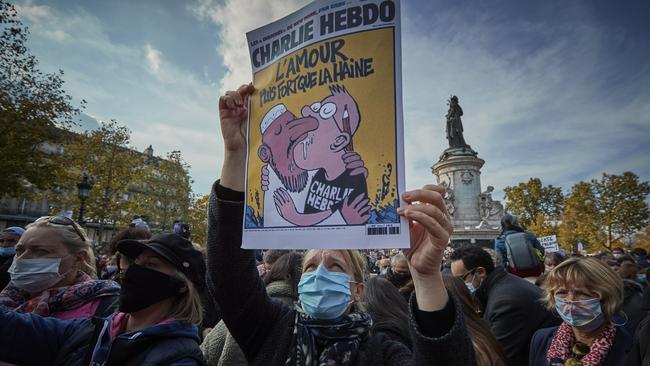
Coming on the tenth anniversary of the attack on Charlie Hebdo, and with the US reeling after the terrorist attack in New Orleans, the court’s decision highlights the dangers of complacency in the face of Islamist rhetoric.
Paty, a secondary school teacher in Conflans-Sainte-Honorine, northeast of Paris, had, as required by the national curriculum, taught a session on freedom of expression using the attack on Charlie Hebdo to highlight what was at stake.
Charlie Hebdo’s cartoons of the prophet Mohammed were on the Ministry of Education’s website for teachers to use in their presentations. But before projecting the cartoons, Paty warned his class that some students might find them shocking. He therefore invited any students who feared being offended to leave the class while they were being shown and then return for the general discussion.
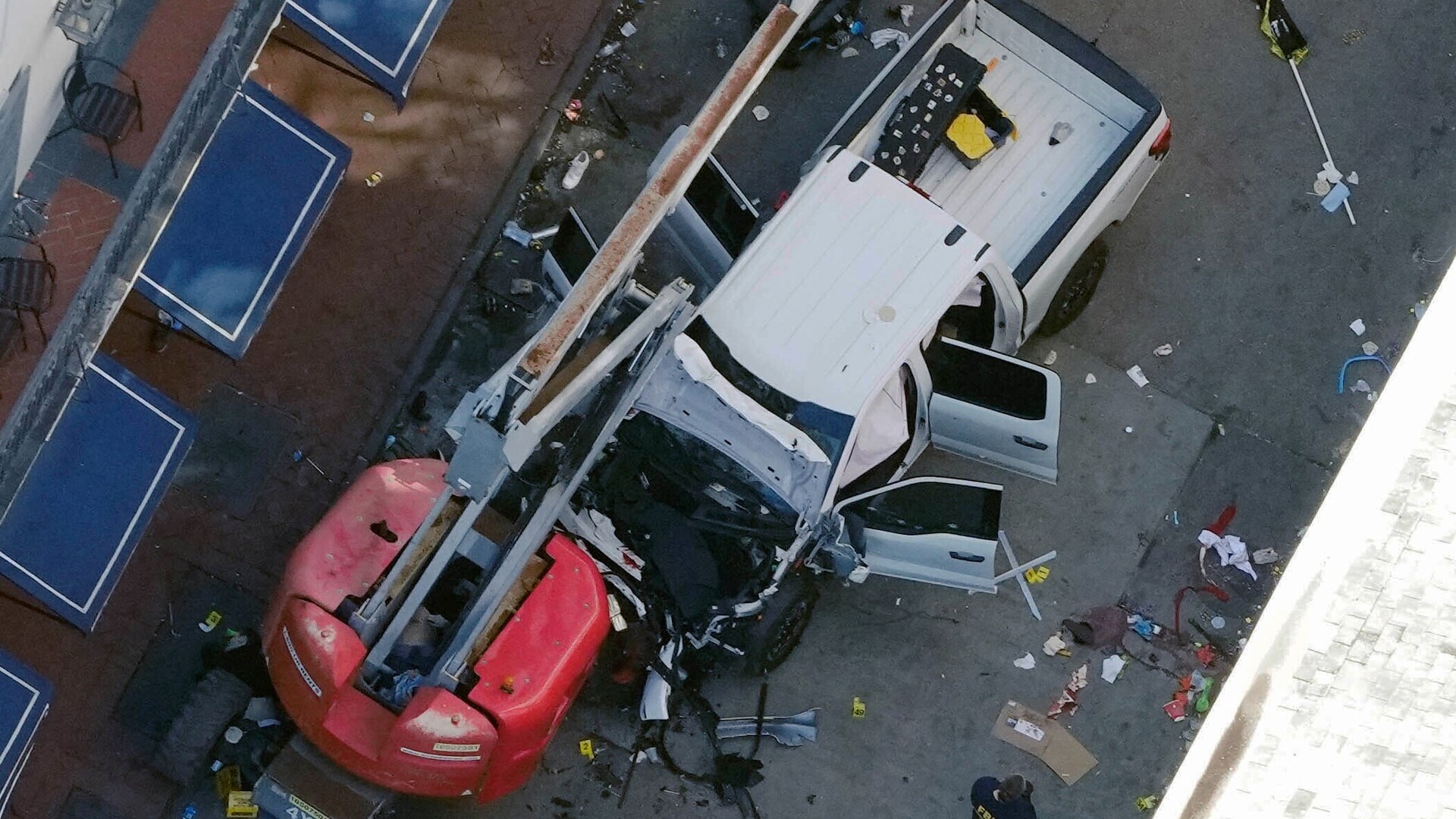
The discussion itself proceeded uneventfully. However, that evening, Chnina’s daughter told her father that Paty had asked Muslim students to identify themselves and leave the room, giving him free rein to launch into a tirade against Islam. Paty had, of course, done no such thing. Moreover, it emerged that the girl, who had a long record of truancy, had not even attended class. But that didn’t stop Chnina from decrying on social media what he described as an Islamophobic attack on his daughter.
Chnina’s posts were soon drawn to the attention of Sefrioui, who has run a series of “anti-Islamophobia” organisations associated with the Muslim Brotherhood. Drawing on some of France’s leading mosques to publicise Chnina’s concocted claims, Sefrioui mounted a vitriolic campaign denouncing Paty, in posts downloaded more than 100,000 times, as an Islamophobe who had ridiculed the prophet Mohammed.
One of the people viewing Sefrioui’s videos was Abdoullakh Anzorov, an 18-year-old Chechen Muslim refugee. Having purchased butcher’s knives, Anzorov repeatedly stabbed Paty as he was leaving school, before decapitating him with a meat cleaver.
Anzorov, who immediately posted a video of the beheading, died in a confrontation with police. What matters here, and deserves more attention than it has received, is the court’s careful reasoning in its verdict against Sefrioui.
While Sefrioui’s attacks on Paty were venomous, he was consistently cautious in what he posted. Having been involved in previous controversies, he appears to have sought legal advice about exactly how far he could go before being accused of incitement to violence.
As a result, Sefrioui never called for Paty to be assaulted, much less murdered; exemplifying Oliver Wendell Holmes’ dictum that the “bad man walks the line”, he clearly tried to benefit from the constitutional protection of freedom of expression by stopping short of explicitly urging violence.
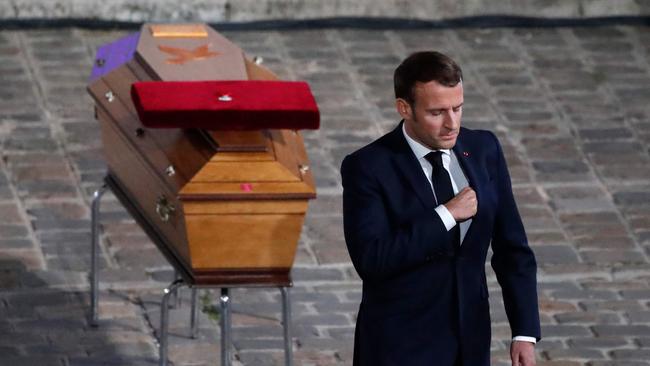
It is, however, equally clear that his posts, which urged Muslims to fulfil their duty to punish blasphemers, were addressed to an audience that included violent extremists, who would interpret them as a call to arms. As the court argued, the question, in these situations, is not what a reasonable person would make of the posts’ literal content; it is whether there was a material and reasonably foreseeable probability that they would result in violence.
The issue that raises is not a new one. On the contrary, it featured prominently, as “the Mark Antony question”, in the debates that framed the classic American jurisprudence on the limits of freedom of expression. The reference to Shakespeare’s Julius Caesar is scarcely accidental: no work in the English language is more squarely focused on “the power of speech/To stir men’s blood”.
Between 1581 and 1602, London had been rocked by 35 outbreaks of widespread disorder, more often than not induced by firebrands. However, Shakespeare’s concern was not just with fiery calls to mayhem: it was also with the ability of orators to induce violence, despite pretending not to.
Never has that ability been as starkly displayed as it is in Mark Antony’s speech over Caesar’s dead body. In a text of dazzling brilliance – the speech, which is barely 1100 words long, deploys fully 52 of the 90 major elements of classical rhetoric, including those associated with “oratio obliqua” – Mark Antony “lets slip the dogs of war”, while repeatedly proclaiming Brutus an “honourable man”.
Stirred by the speech to cry “Seek! Burn! Fire! Kill! Slay!/Let not a traitor live!”, the mob runs riot in the streets, murdering a harmless poet because he has the same name as one of Caesar’s assassins. Meanwhile, Mark Antony, admiring his handiwork, says coldly to himself, “Now let it work. Mischief, thou art afoot”.
It was with Mark Antony’s oration in mind that the US Supreme Court rejected Judge Learned Hand’s finding, in Masses Publishing Co. v Patten (1917), that speech only breached the prohibition on incitement if it involved “direct advocacy” of illegal action. However, the Supreme Court’s own “clear and present danger” test raised more questions than it answered.
In Dennis (1950), Learned Hand, by then chief judge of the Second Circuit Court of Appeals, therefore tried to give the test some precision, writing that the courts “must ask whether the gravity of the ‘evil’ ” that could be caused by the speech, “discounted by its improbability (of occurrence)”, justifies its condemnation.
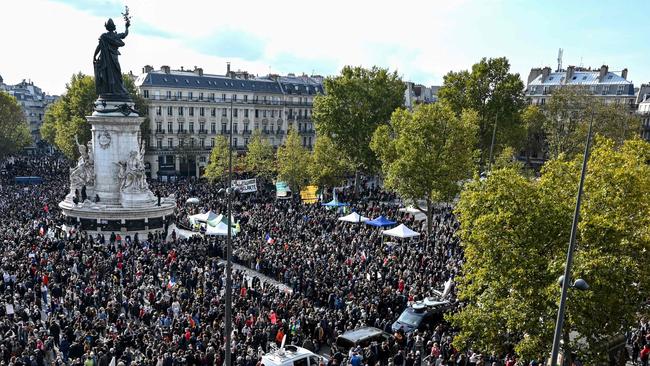
What the French court has done is to adapt and apply that test to the age of online Islamic extremism. It accepted that Chnina and Sefrioui neither specifically advocated violence nor conspired with Anzorov in carrying it out. But given how predictable it was that their campaign would induce violence, it concluded that they were, legally and materially, Anzorov’s associates in his terrorist act.
Unfortunately, the Australian laws on incitement fall well short of that level of intellectual sophistication. We seem to struggle with the idea that the law must erect, and effectively enforce, a wall of separation between advocacy, which it protects, and inciting, overtly or covertly, the violence that makes societies unlivable.
Far from preserving the freedom of expression, ignoring that requirement only empowers freedom’s worst enemies, while every act of terrorism weakens its friends. A free society cannot survive if its citizens come to believe that the price of freedom is perpetual fear.
It is therefore no trivial matter that Australian imams can, with complete impunity, refer to Jews as “pigs, rats and termites”. Nor is it a trivial matter that the government, having stoked a climate in which unreason festers, disowns, like Mark Antony, any responsibility for the foreseeable consequences.
“Poetry,” said WH Auden, “makes nothing happen.” But rhetoric, history shows, makes things happen, on a frightening scale. And as Michel de Montaigne put it, in his essay “Of the Vanitie of Words” that scholars believe influenced Shakespeare, the harm it wreaks is at its greatest “when the commonwealths affaires are in worst estate, and the devouring Tempest of civill broyles most agitates and turmoiles them”.
As 2025 opens with our own commonwealth’s affairs “in worst estate”, that is a warning we can no longer afford to ignore.



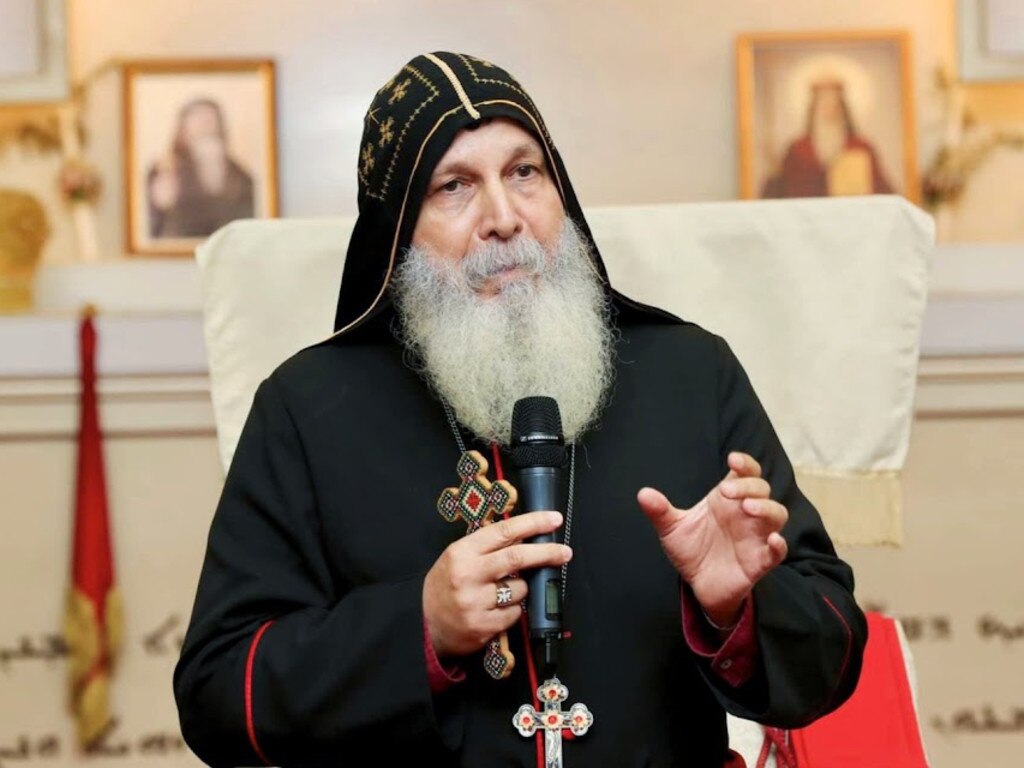

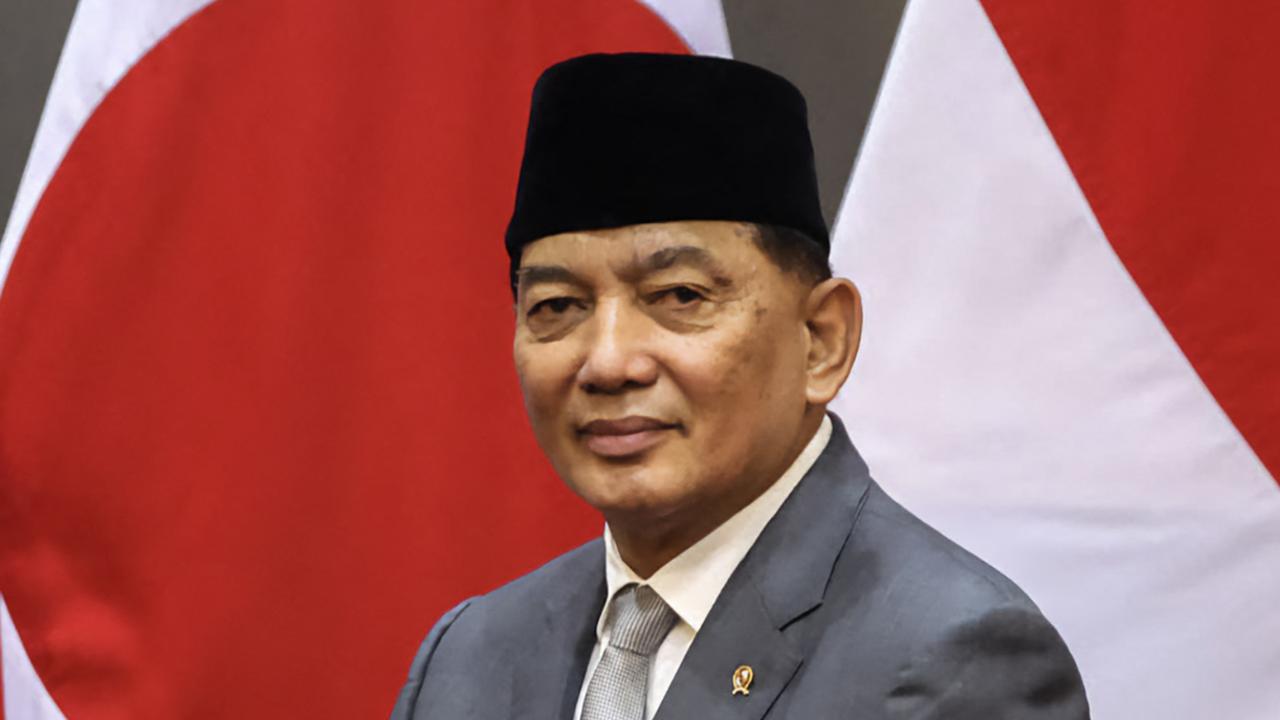
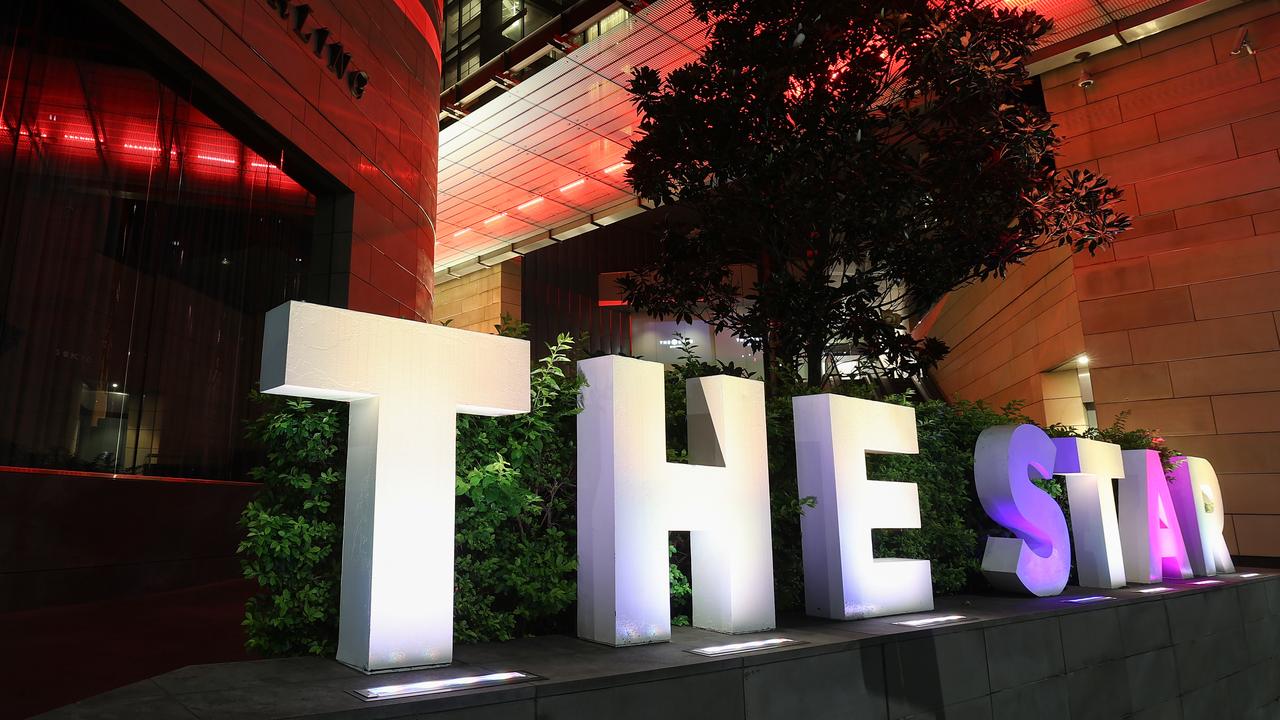
A few days before Christmas, a French court condemned Brahim Chnina and Abdelhakim Sefrioui to 13 and 15 years’ imprisonment respectively for their role in the murder five years ago of Samuel Paty.